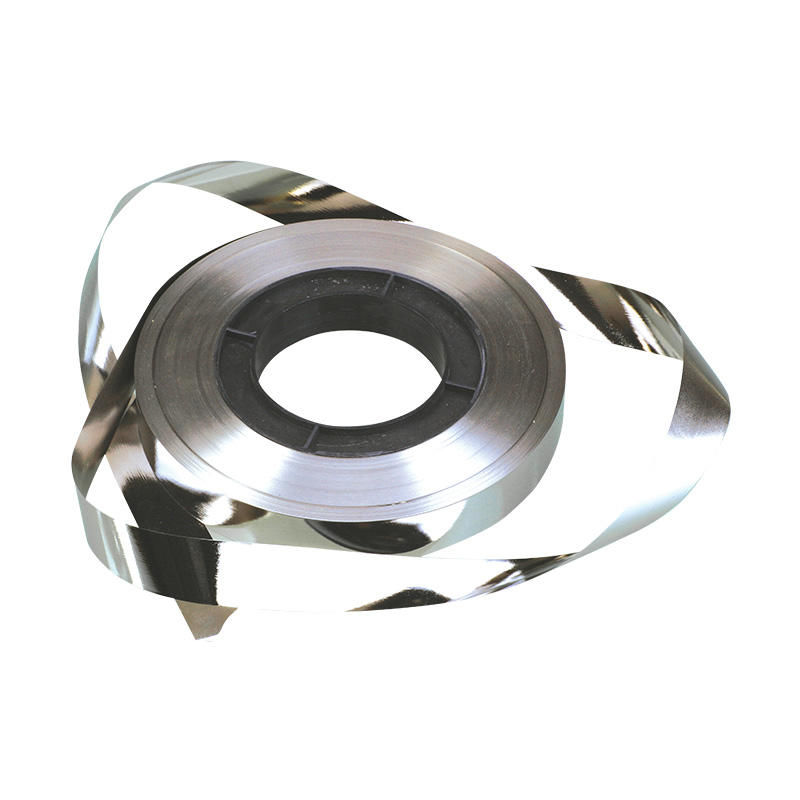Better Touch Better Business
Contact Sales at TRANSMART.
Amorphous alloys have the advantages of high saturation magnetic induction, low coercivity, and low loss, so they are widely used in power transformers with high efficiency, energy saving, and environmental protection.

The current amorphous alloy iron core adopts an approximately rectangular lap winding structure. The internal stress of the formed iron core is very large, and the magnetic properties are severely damaged. These stresses must be eliminated by heat treatment and annealing. The heat treatment annealing process is the most critical and difficult to control process in the entire production process of the amorphous alloy core. The domestic amorphous alloy strip is arc-shaped in the transverse direction, and its internal stress is larger than that of the imported strip. Coupled with the difference in composition, it is more sensitive to the temperature during heat treatment. Therefore, it is necessary to formulate a suitable heat treatment annealing process. The performance and quality of the final core of the domestic amorphous alloy strip is very important.
1. Heat treatment annealing temperature. The proper annealing temperature of the core must not only ensure the elimination of the core's internal stress and restore its magnetic properties, but also minimize the brittleness of the amorphous alloy strip and reduce the risk of breaking the core during subsequent operations. Tests show that the final annealing temperature of domestic amorphous alloy strip cores is better to be controlled at 375-380°C.
2. Heat preservation time. Experiments show that the unit excitation power decreases with the extension of the annealing time, while the unit no-load loss of the core increases with the extension of the annealing time. Moreover, the brittleness of the core strip also increases with the increase of the annealing time. . Therefore, it is necessary to select the best holding time according to the user's requirements for the performance of the iron core.
3. Protective atmosphere for heat treatment. The iron core is easily oxidized during high temperature heat treatment and annealing. After the iron core surface is oxidized, in addition to the rust on the surface, the more important thing is that the no-load loss of the iron core will increase significantly. Therefore, the core must be protected by atmosphere during the entire heat treatment and annealing process. At present, the commonly used process protection gas is nitrogen or argon.
4. the rate of heating and cooling. Since iron cores are subjected to multiple loading and batch heat treatment during mass production, reasonable heating and cooling speeds not only affect the performance results of amorphous alloy iron cores, but also affect production efficiency and production costs. Generally speaking, the faster the heating rate, the greater the dispersion. However, experiments have shown that the temperature dispersion of domestic amorphous alloy strip cores when they reach the high temperature zone and approach the annealing temperature is small, and can almost be controlled within 3°C. Therefore, in the heating stage, the domestic amorphous alloy strip core can be directly heated up quickly. In addition, the fast cooling speed is beneficial for reducing the no-load loss of the iron core, but at the same time it will increase the excitation power of the iron core. Therefore, the cooling rate needs to accumulate empirical data to make a choice.
5. Apply a magnetic field. The formed amorphous alloy iron core needs to be annealed with a DC magnetic field to obtain good magnetic domain orientation, so as to improve its magnetic properties. The test shows that the field strength of the domestic amorphous alloy strip core during annealing needs to be about 2000A/m or the magnetic field current is 1400A to ensure that the core material is saturated during annealing, so that the annealing effect can be achieved.
Copyright © 2025 TRANSMART INDUSTRIAL LIMITED | All Rights Reserved
Hello, please leave your name and email here before chat online so that we won't miss your message and contact you smoothly.